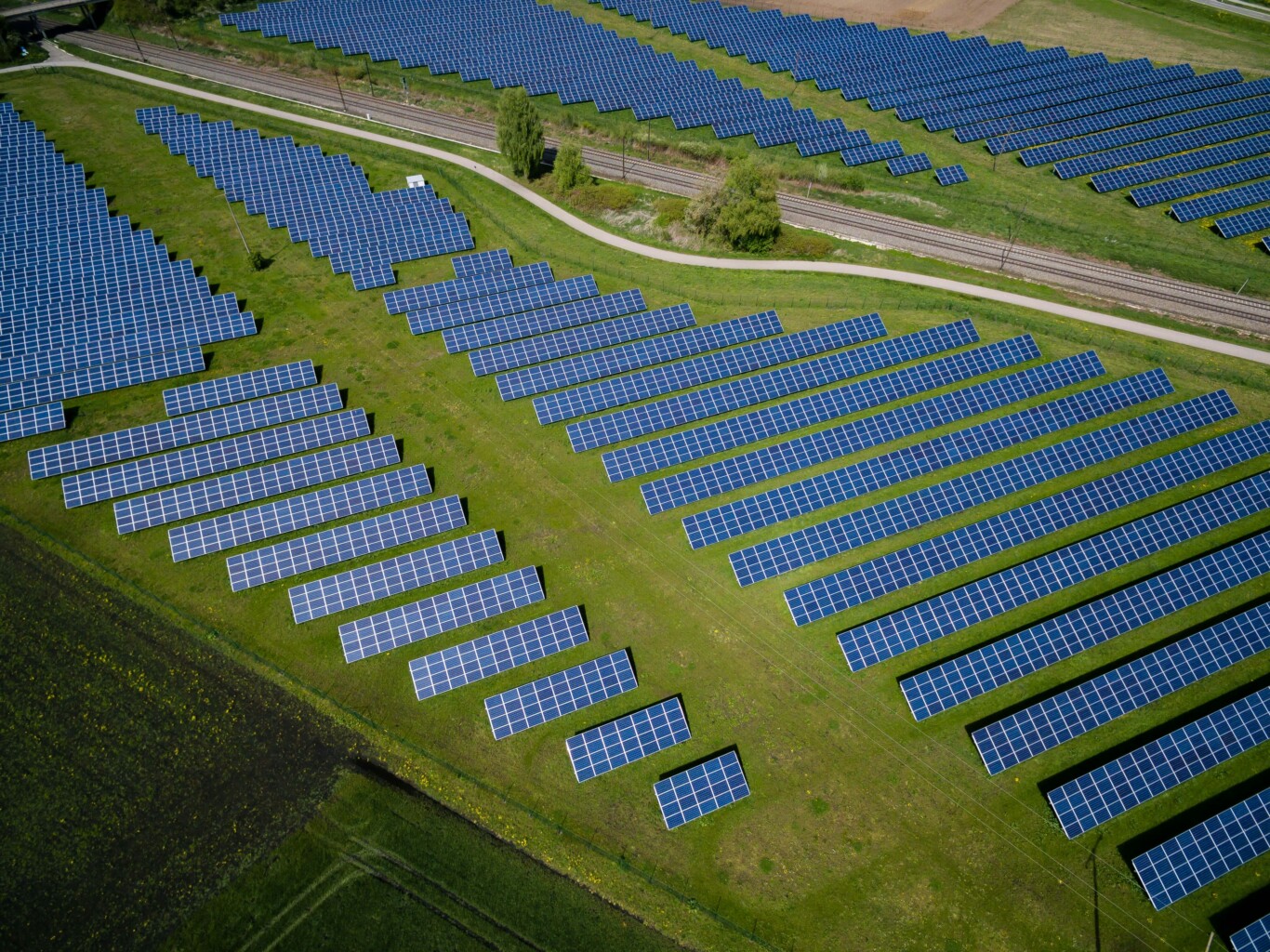Delivering Energy Transition Projects
Improving Productivity: Competition or Cooperation?
UK Big Picture
The Times reported (Robert Lee, Industrial Editor, 16 July 2024) “…In 2022, UK productivity was about 16% below that of the United States and Germany and the nation’s productivity growth has been weak since the financial crisis of 2008…”. Engineering Construction, productivity has been in decline since before 2008 and shows no real sign of significant overall improvement.
Why is this important to delivering Energy Transition projects? Low productivity is a wastage of resources in an industry that is very short of skilled and experienced people, contributes significantly to delays and results in substantial additional costs, whereas delivery of Energy Transition projects demands achievement of tight schedules and value for money performance to generate acceptable returns for stakeholders and meet decarbonisation objectives.
wastage of resources in an industry that is very short of skilled and experienced people, contributes significantly to delays and results in substantial additional costs, whereas delivery of Energy Transition projects demands achievement of tight schedules and value for money performance to generate acceptable returns for stakeholders and meet decarbonisation objectives.
The article also refers to “…A commission made up of chief executives has told the labour government that it must address the causes of the nation’s productivity problem if it wants economic growth…”. In the context of the Engineering Construction industry, while significant improvement in government performance would no doubt contribute, the fundamental changes needed to improve productivity reside squarely with the industry.
According to the article, the commission “…said that Britain’s further education, vocational, adult skills and apprenticeship training compared poorly with the world-class quality of teaching in the country’s universities…”. No doubt. However, this is basically an industry issue and not one for Government. It is a question of how much the industry is willing to invest in its people to improve competence, retain them and recruit others. Of course, government financial incentives might help.
At Kingsfield Academy, we design and deliver training programmes for project teams geared specially to the international Engineering Construction industry that is focussed on delivering commercially successful project outcomes. We have observed, in particular, that the knowing – doing gap is often significant.
Productivity: An Academic View
In an article in the Times on 16 December 2024, Lynda Gratton (Professor of Management Practice at London Business School) asked the question, “…In the age of extraordinary technological innovations, why are we not more productive?…”. Quite.
Her research conducted in 2024 reveals, “…Typically, productivity is measured in traditional yardsticks – units shipped, hours logged, lines of code written. …these are outcome measures – they tell you what happened but not why…”. This is basically no different to the way in which productivity is considered in Engineering Construction.
She continues, “…When productivity is boosted…” which I take to mean there is improvement, she advises, “…much is happening behind the outcomes: employees are engaged and skilled, the workflows enable people to work efficiently, project leaders are supportive, teams cooperate well with each other, and social networks enable ideas to flow with ease. It’s the combination of all these elements that leads to productivity boost…”.
Precisely. Consider these factors in the context of Engineering Construction projects and ask – are these factors typically present in projects? I believe you will find the answer to be ‘no’.
In the context of productivity measurement, she advises, “…if you don’t measure these elements – then typically the lever that is pulled is hours worked. This can lead to unintended consequences. During the pandemic, the meetings put into daily schedules doubled. It looked like the hours of work increased…The reality was that in running from meeting to meeting, focused and intense thinking time was lost; over time, productivity was dragged down. People looked like they were working longer hours, but the design of these working hours stopped them being productive…”. Recognizable? Think about productivity that “…is not just what we do, but how we do it…”.
Engineering Construction
This is the only industry, at the present time, that is capable of delivering Energy Transition projects globally. It comprises a great deal of expertise and experience in a wide range of industrial plant development sectors: oil / gas, thermal, hydro and nuclear energy, petrochemicals, chemicals, industrial gases, mining and minerals, cement, etc., together with multiple stakeholders across those sectors. We can now add to these carbon free energy providers such as wind, solar, carbon capture, and hydrogen. Although all these industry sectors follow very similar project procedures, processes and practices and often use the same resources, they operate in silos with very little cross communication. Indeed, the organisations in each industry sector also mainly work in silos and the individual companies within each sector are typically organised in silos as well as their respective functions and disciplines. There is often great competition within and between all of these silos that, despite the oft held notion that competition breeds efficiency, it does nothing in this industry to alleviate low productivity.

Although the Engineering Construction industry has (not enough) skilled people, it is questionable if they are fully engaged. While there are long-standing workflow practices that have served the industry well, one must question whether these are fit for purpose in today’s project environments to enable efficient working, especially with regard to Energy Transition. Project leaders often do not provide sufficient effective support. The extent to which project teams cooperate as an entity and create social networks to allow ideas to flow is, at best, questionable.
Given the findings of Lynda Gratton’s research, can we be surprised that the Engineering Construction industry suffers from low productivity? In this context, the tradespeople undertaking the physical work are often the last in a chain of unproductive working that commences at the project conceptual stage. Therefore, low productivity is almost pre-destined unless a very different approach is taken to project conceptualization and delivery.
Significant research has already been conducted into efficiency and productivity on construction work. In Change And The Loss Of Productivity In Construction: A Field Guide (Ibbs and Vaughan 2015), reference is made to seven Productivity Factors and of these, item 3, Project Team (Owner, Contractor, and Architect) Factors and item 4, Managerial Actions and Decisions During Project Execution Factors can be correlated with Lynda Gratton’s research and findings. Thus, in terms of overall project productivity, a link can be identified between non-site activity and on-site activity in terms of low productivity and what can be done to improve this. In this context, consider the simple and obvious examples of design changes, late and revised engineering, late material deliveries, etc. and how these affect worker performance at the site.
Competitive Contracting
The long-held belief that competition drives efficiencies and, hence, productivity does not withstand scrutiny. Conventionally, most Engineering Construction work delivery contracts are procured on a competitive tendering basis, where lowest price (often lump sum), shortest delivery time, substantial risk taking by the contractor and supply chain and adverse contractual terms are often the basis. Research over the past 15 years reveals that about only one out four major projects are actually delivered on time, within budget and start up as planned. Not an enviable record. Furthermore, there is a growing incidence of significant and costly disputes occurring on many of these projects, mainly relating to contractors’ and suppliers’ delays and additional costs. HKA’s report CRUX-2023-Forewarned is Forearmed, dated 2 December 2024, is very revealing in this respect. Of real note, is that most disputes are avoidable by the contracting parties exhibiting appropriate behaviours in dealing with the issues that otherwise result in dispute.
scrutiny. Conventionally, most Engineering Construction work delivery contracts are procured on a competitive tendering basis, where lowest price (often lump sum), shortest delivery time, substantial risk taking by the contractor and supply chain and adverse contractual terms are often the basis. Research over the past 15 years reveals that about only one out four major projects are actually delivered on time, within budget and start up as planned. Not an enviable record. Furthermore, there is a growing incidence of significant and costly disputes occurring on many of these projects, mainly relating to contractors’ and suppliers’ delays and additional costs. HKA’s report CRUX-2023-Forewarned is Forearmed, dated 2 December 2024, is very revealing in this respect. Of real note, is that most disputes are avoidable by the contracting parties exhibiting appropriate behaviours in dealing with the issues that otherwise result in dispute.
These conventional contracting arrangements separate the interests of the contracting parties and induce, within the contracting parties, self-preservation behaviours to secure commercial advantage over the other party. This is not conducive to productive working and effective project delivery. The notion of winner takes all, losers go to the wall is often prevalent and disadvantageous to successful project delivery and outcomes.
Energy Transition
At the 2024 BCECA annual on-line conference, the panel discussion chaired by Tolani Azeez (Fluor) regarding contracting arrangements concurred that Energy Transition projects are not business as usual. Many reasons were cited, including investors and owners that are new to the industry not being familiar with conventional industry practices, new and / or evolving technologies, obtaining financing, and the need to expedite execution and delivery to meet decarbonisation targets. Add to these the constraints affecting delivery of conventionally contracted projects that include, for example, supply chain shortages and delivery times, inflation, interest rates, availability and cost of transportation vessels, and an acute shortage of skilled and experienced workers across all functions and disciplines.
Thus far, many Energy Transition projects, especially for solar and wind power, have been contracted on the conventional basis. Unsurprisingly, these have suffered from the same challenges as conventional Engineering Construction projects. For example, the Times reported on 25 November 2024 that the BP’s Morven offshore wind farm (2.9 gigawatts) would miss its 2030 target electricity generation start date due to “…lengthy grid connection queues and supply chain shortages…” of which the latter was due to challenges “…with obtaining turbines and electrical parts…”. Energy Voice reported in February 2023 that the CEO of the Marine Industry body advised that, due to many projects suffering significant losses, there needed to be “…An allocation of risk that recognizes the reality of offshore construction and reflects the need to encourage the development of increasingly technologically advanced project solutions. Greater flexibility and fairness is needed by allocating the risk to the Party who created it, or is best placed to manage it, and take responsibility for it…”. These matters are not confined to offshore wind farms.

The European Wind Industry – A More Recent View
In a LinkedIn post in November 2024, Christian Bruch, CEO Siemens Energy, advised that following a meeting with members of the new European Commission and representatives of the European Wind Value Chain, “…I believe it is worth fighting for the European wind industry as it can create hundreds of thousands of jobs, strengthen our industrial base, and make us less dependent on energy imports…” and cited four areas for action;
- Fair competition – A pure price-driven competition will not sustain a European wind industry.
- A balanced business model – investment will only materialize if there is a profitable business model for both investors and supply chain companies.
- Innovation and implementation: The close interlink between innovating and manufacturing is essential.
- General boundary conditions for industry: A key focus needs to be on the productivity of doing business in Europe.
He closed by advising, “…We will not get a second shot at this. Initiatives like the Clean Industrial Deal and the Competitiveness Compass that President von der Leyen announced last week need to be delivered so that wind can prosper in Europe…”. Absolutely.
The same sentiments can be applied to most, if not all, Energy Transition projects.
Collaborative Working And Contracting
In the context of Energy Transition projects, conventional contracting arrangements and ways of working are not conducive to effective performance, delivery and successful outcomes. Furthermore, these provide little or no opportunity to improve productivity significantly or at all.
Energy Transition projects need to be considered as investments that not only benefit the actual financial investors in the projects but also the community at large with the achieved decarbonisation and contribution to meeting Net Zero 2050. The main contracting parties (Investors / Owners, contractors, fabricators, supply chain et al) need to work together as stakeholders in a multi-party contract for the development and delivery of projects where the focus is on successful project outcomes from which they are rewarded, and not individual organisations’ commercial results. This means collaborative working and contracting.
The fundamental inherent change in the way of working would provide the opportunity to significantly improve productivity throughout the development and delivery process resulting in reductions in the number of people required for each project, as well as attainment of agreed budgets and facility start-up dates.
The tools for implementing collaborative working and contracting are available. The Engineering Construction Industry Training Board (ECITB) Project Collaboration Toolkit (PCT) is freely available – following this link http://www.ecitb.org.uk/professional-management-training/project-collaboration.
The multi-party contracting framework Collaborative Working Agreement (CWA) is available from the European Construction Institute (ECI) – following this link https://eci-online.org/publications/
For PCT and CWA training for Energy Transition projects – follow this link https://www.kingsfieldacademy.com/catalogue/cat-6-energy-transition/
By
John Fotherby – Partner – Kingsfield Academy / Chair – European Construction Institute / Board of Management Constructing Excellence
Institute / Board of Management Constructing Excellence









